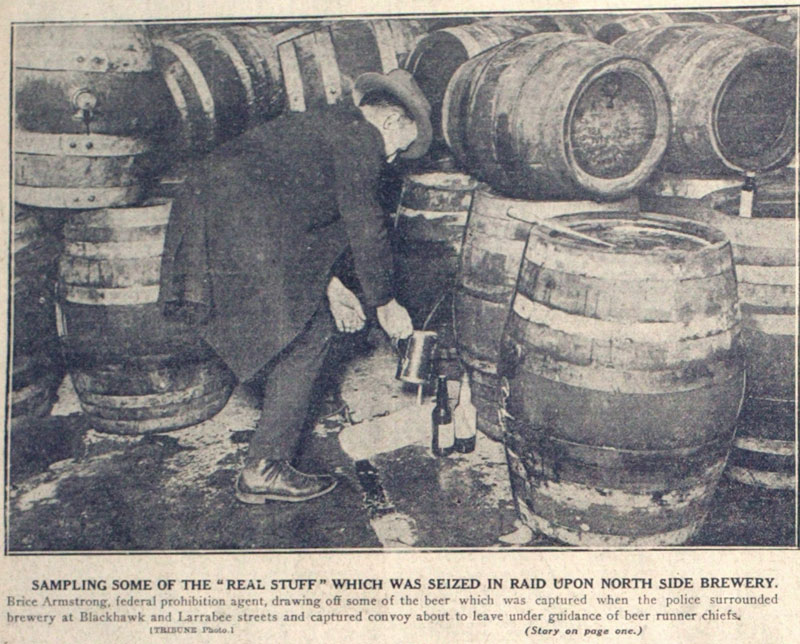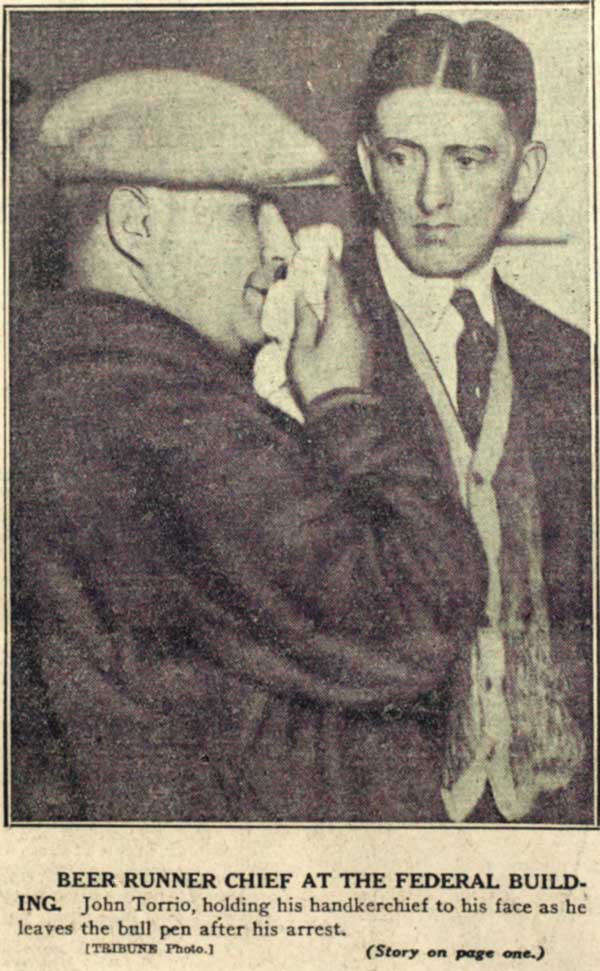The association of death and alcohol includes accidental deaths from illegally brewed alcohol, which may have been toxic, and deaths from excessive drinking, in addition to manslaughters and murders comitted by persons who had been drinking alcohol. Homicide researchers have long been interested in the connection between homicides, both accidental and intentional, and the use of alcohol, and the cases in this data set provide an opportunity to analyze the relationship between alcohol and homicide with a new empirical data.
We recommend you download the raw database files for comprehensive searching, but here’s a sample of related cases:
- victim was drinking/drunk
- one or more of defendants was drinking/drunk
- both victim and defendant(s) were drinking/drunk
- that occurred in a drinking establishment
- involving illegal liquor or prohibition
The reform movements of the progressive period targeted legal and illegal drinking, as well as prostitution and other social behaviors (JCLC p.502-504). Manslaughters and accidents increased with the population increases in the period - with automobile accidents accounting for a larger share of accidents as automobiles took over the streets, replacing horses and competed with street railways (JCLC p.516, JCLC p.547, and JCLC p.528-533). The politics of Prohibition, both nationally and in the State of Illinois, are a subject of considerable academic study and political commentary.
For further reading: Duis, Perry R. The Saloon - Public Drinking in Chicago and Boston, 1880-1920. Champaign: U. Illinois Press, 1983 (repr. 1999). An unusual and especially relevant history of public drinking and its legal regulation, comparing Chicago and Boston. Very useful in counteracting stereotypes and misinformation about the surprisingly different saloon culture, and its connection to political life, in the two cities. Topics include: the official regulation of alcohol, the criminal prosecution or non-prosecution for alcohol related offenses, the temperance movement, the economic constraints operating on the saloon keeper, the industry protective associations, ethnic and racial patterns associated with public drinking, saloons and immigration patterns, the enormous profits from the sale of alcohol and where they went, and the importance of saloons in political campaign and ward politics in Chicago. Includes contemporary photographs and illustrations.
Lyle, John H. The Dry and Lawless Years. New Jersey: Prentice Hall, 1960. An account of the illegal and other activities of the mob, police and others by a practicing attorney, member of the Illinois legislature, member of the Chicago City Council, and self styled ‘crime busting’ felony court judge in the 1920’s.



